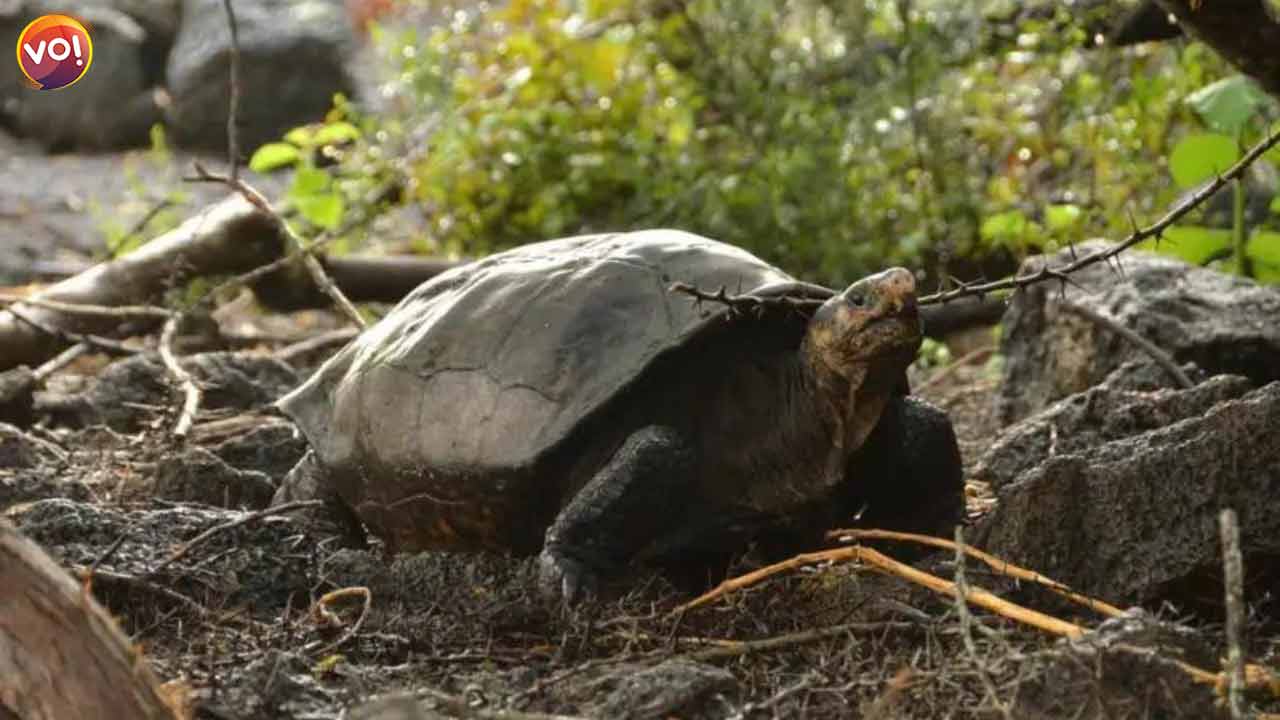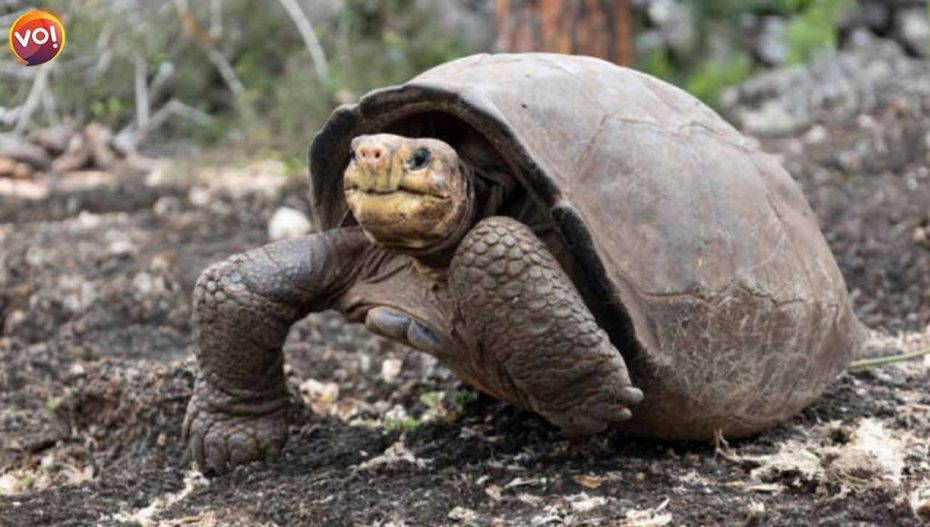A giant tortoise of the Chelonoidis phantasticus species was thought to be extinct 112 years ago, but a female was found on a Galápagos Island three years ago. The only known specimen of the species was discovered in 1906. Last week, after much research and study, Princeton researchers finally proved that the two specimens are related.
Chelonoidis phantasticus means “fantastic giant tortoise”. Commonly called the Fernandina Island Galápagos giant tortoise, the species was so far known only from a single individual, collected in 1906. Interestingly, this same tortoise is one of the most revered and sacred symbols in Feng Shui. The tortoise represents wisdom, endurance and long life.
When Fernanda was discovered in 2019, many ecologists doubted that she was actually a native phantasticus tortoise. She differed in appearance from the male historical specimen, although scientists speculated that her stunted growth may have distorted her features, Princeton University said in a press release.
Despite its huge size, a giant tortoise on the Galápagos Islands somehow remained out of sight for 112 years. The tortoise of the Chelonoidis phantasticus species was believed to be extinct, until a single female was found on Fernandina Island—the third-largest island of the Galápagos Islands—in Ecuador some three years ago.

On the 13 Galapagos Islands, many varieties of tortoises thrive among the other animals, flora, and fauna. However, this particularly unique species was last reported 112 years ago and thought to be lost forever. The female tortoise—who is estimated to be more than 100 years old—was found during a joint expedition between the Galapagos National Park and the Galapagos Conservancy. Yale University Scientists identified the tortoise as the Fernandina Giant Tortoise, or Chelonoidis phantasticus, after comparing her DNA to a specimen extracted in 1906, when the last of the species was seen.
“One of the greatest mysteries in Galápagos has been the Fernandina Island Giant Tortoise,” explains Dr James Gibbs, vice-president, Science and Conservation, Galápagos Conservancy. “Rediscovering this lost species may have occurred just in the nick of time to save it.”
Now, conservationists are in search of more giant tortoises, and hope to find a male mate in order to save the species from extinction. Environment Minister Gustavo Manrique tweeted about the Fernandina giant tortoise (translated from Spanish): “It was believed to have gone extinct more than 100 years ago. We have reconfirmed its existence!” He adds, “Hope is alive.” Scientists have even found prints and feces on Fernandina Island which indicate that there could be more members of the critically endangered species left in the wild.
Also Read: World Wildlife Fund Identifies Ghostly Monkey Along With 224 New Species












